Shrihari Vasudevan
Sequential Binary Classification for Intrusion Detection in Software Defined Networks
Jun 10, 2024Abstract:Software-Defined Networks (SDN) are the standard architecture for network deployment. Intrusion Detection Systems (IDS) are a pivotal part of this technology as networks become more vulnerable to new and sophisticated attacks. Machine Learning (ML)-based IDS are increasingly seen as the most effective approach to handle this issue. However, IDS datasets suffer from high class imbalance, which impacts the performance of standard ML models. We propose Sequential Binary Classification (SBC) - an algorithm for multi-class classification to address this issue. SBC is a hierarchical cascade of base classifiers, each of which can be modelled on any general binary classifier. Extensive experiments are reported on benchmark datasets that evaluate the performance of SBC under different scenarios.
Estimating Task Completion Times for Network Rollouts using Statistical Models within Partitioning-based Regression Methods
Nov 30, 2022Abstract:This paper proposes a data and Machine Learning-based forecasting solution for the Telecommunications network-rollout planning problem. Milestone completion-time estimation is crucial to network-rollout planning; accurate estimates enable better crew utilisation and optimised cost of materials and logistics. Using historical data of milestone completion times, a model needs to incorporate domain knowledge, handle noise and yet be interpretable to project managers. This paper proposes partition-based regression models that incorporate data-driven statistical models within each partition, as a solution to the problem. Benchmarking experiments demonstrate that the proposed approach obtains competitive to better performance, at a small fraction of the model complexity of the best alternative approach based on Gradient Boosting. Experiments also demonstrate that the proposed approach is effective for both short and long-range forecasts. The proposed idea is applicable in any context requiring time-series regression with noisy and attributed data.
Layer Dynamics of Linearised Neural Nets
Apr 24, 2019
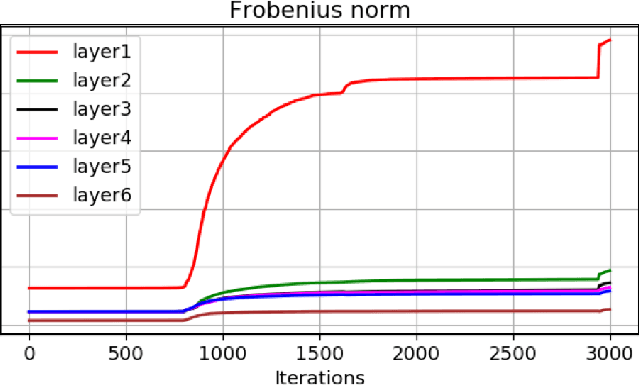
Abstract:Despite the phenomenal success of deep learning in recent years, there remains a gap in understanding the fundamental mechanics of neural nets. More research is focussed on handcrafting complex and larger networks, and the design decisions are often ad-hoc and based on intuition. Some recent research has aimed to demystify the learning dynamics in neural nets by attempting to build a theory from first principles, such as characterising the non-linear dynamics of specialised \textit{linear} deep neural nets (such as orthogonal networks). In this work, we expand and derive properties of learning dynamics respected by general multi-layer linear neural nets. Although an over-parameterisation of a single layer linear network, linear multi-layer neural nets offer interesting insights that explain how learning dynamics proceed in small pockets of the data space. We show in particular that multiple layers in linear nets grow at approximately the same rate, and there are distinct phases of learning with markedly different layer growth. We then apply a linearisation process to a general RelU neural net and show how nonlinearity breaks down the growth symmetry observed in liner neural nets. Overall, our work can be viewed as an initial step in building a theory for understanding the effect of layer design on the learning dynamics from first principles.
Dynamic learning rate using Mutual Information
Jun 26, 2018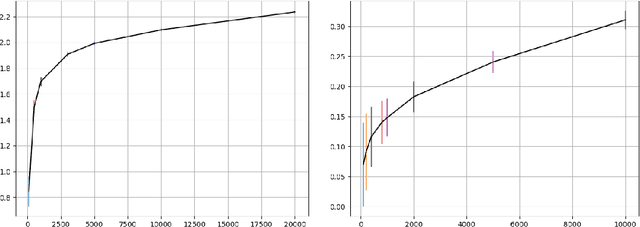



Abstract:This paper demonstrates dynamic hyper-parameter setting, for deep neural network training, using Mutual Information (MI). The specific hyper-parameter studied in this paper is the learning rate. MI between the output layer and true outcomes is used to dynamically set the learning rate of the network through the training cycle; the idea is also extended to layer-wise setting of learning rate. Two approaches are demonstrated - tracking relative change in mutual information and, additionally tracking its value relative to a reference measure. The paper does not attempt to recommend a specific learning rate policy. Experiments demonstrate that mutual information may be effectively used to dynamically set learning rate and achieve competitive to better outcomes in competitive to better time.
Information fusion in multi-task Gaussian processes
Sep 05, 2013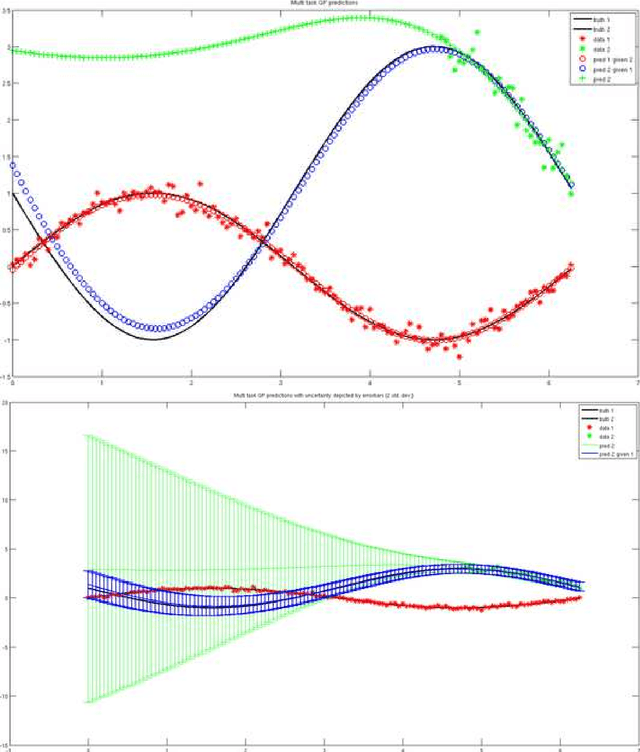
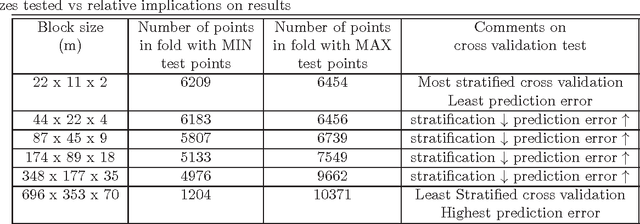
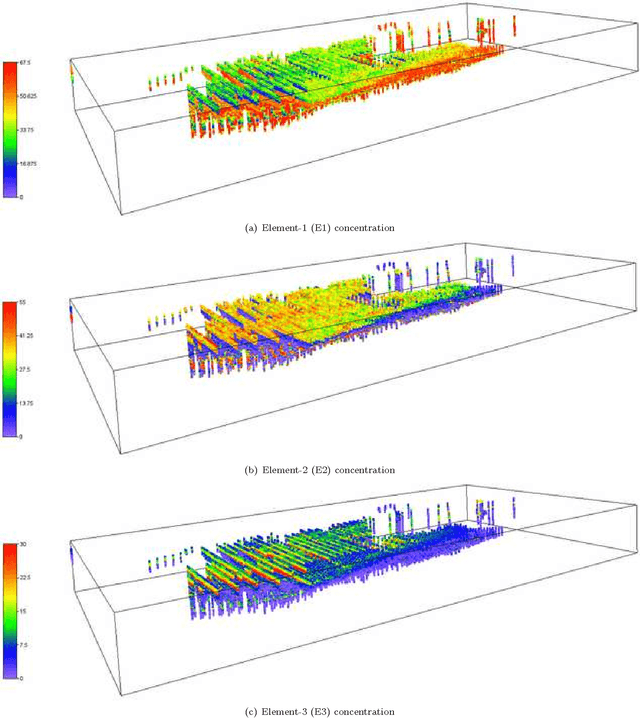
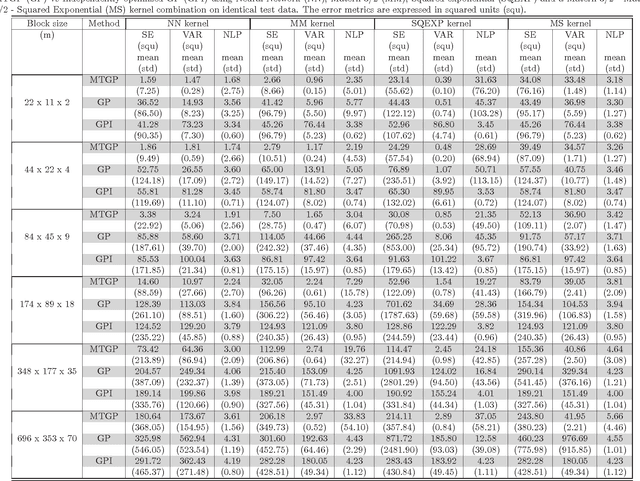
Abstract:This paper evaluates heterogeneous information fusion using multi-task Gaussian processes in the context of geological resource modeling. Specifically, it empirically demonstrates that information integration across heterogeneous information sources leads to superior estimates of all the quantities being modeled, compared to modeling them individually. Multi-task Gaussian processes provide a powerful approach for simultaneous modeling of multiple quantities of interest while taking correlations between these quantities into consideration. Experiments are performed on large scale real sensor data.
Evaluation of Three Vision Based Object Perception Methods for a Mobile Robot
Feb 02, 2011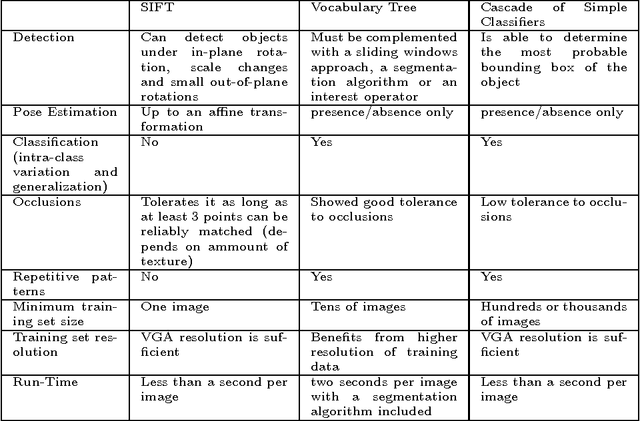
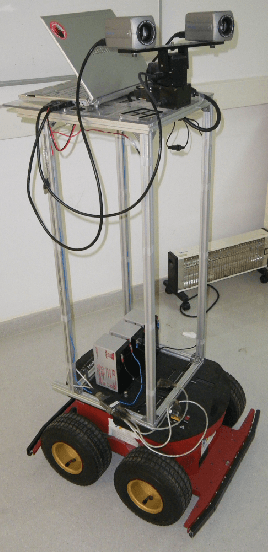
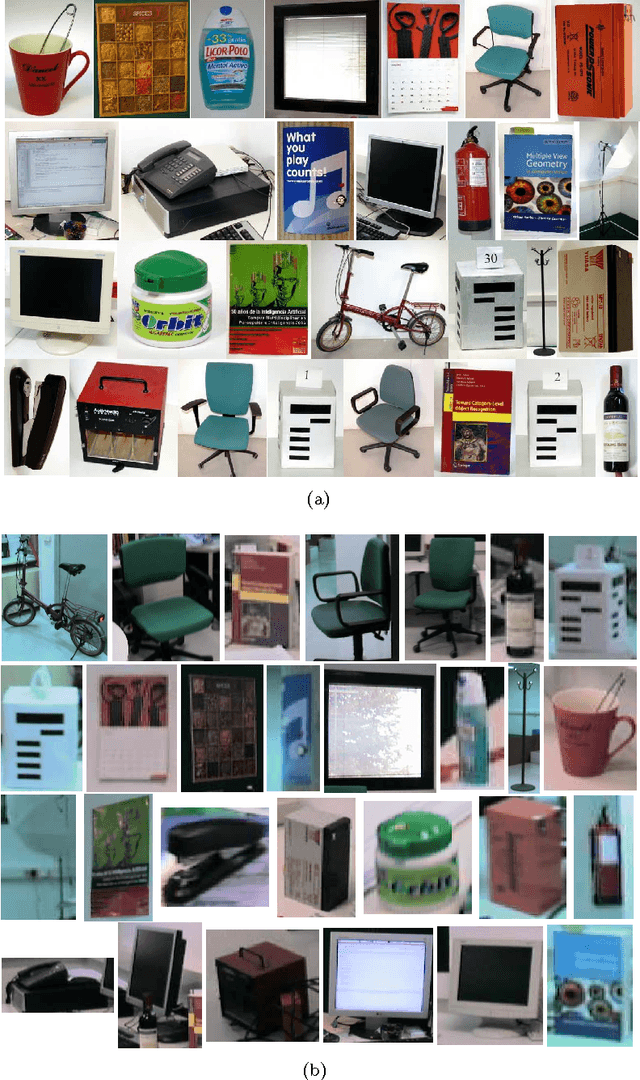
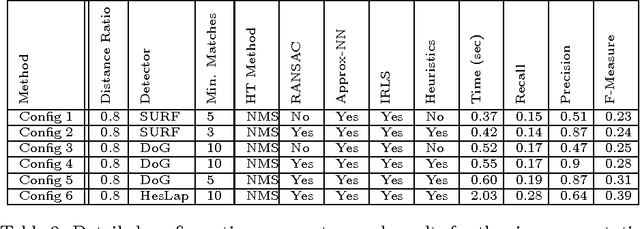
Abstract:This paper addresses object perception applied to mobile robotics. Being able to perceive semantically meaningful objects in unstructured environments is a key capability in order to make robots suitable to perform high-level tasks in home environments. However, finding a solution for this task is daunting: it requires the ability to handle the variability in image formation in a moving camera with tight time constraints. The paper brings to attention some of the issues with applying three state of the art object recognition and detection methods in a mobile robotics scenario, and proposes methods to deal with windowing/segmentation. Thus, this work aims at evaluating the state-of-the-art in object perception in an attempt to develop a lightweight solution for mobile robotics use/research in typical indoor settings.
 Add to Chrome
Add to Chrome Add to Firefox
Add to Firefox Add to Edge
Add to Edge